Podcast: Play in new window | Download
Subscribe: RSS
The range of outcomes when an arrow or a bullets hits a deer is as varied as the day is long. If you’ve ever made a marginal shot on a deer, you might have called or thought about reaching out to someone with a good blood tracking dog. But what if there’s no blood? What if there’s bone? What if you see the arrow sticking out of the deer, what can that tell you about the shot? Veteran hunter and blood tracking dog specialist Ricky Loftis joins us in studio this week to discuss how to read these signs and how to proceed in the recovery process.
If that process requires calling a dog, he offers his years of experience on what to do and not do before the dog arrives. Of course, we also get into how the dog actually works the track. Is it smelling blood? Or is it just the deer’s scent, and if so, how does the dog determine which deer track is the correct one? We discuss various breeds and characteristics that make a good deer tracking dog and a little bit about the training that goes into it. Ricky takes calls just about every day during October/November and primarily works with archery hit deer in North Texas and Oklahoma.
You can follow RLDeerTracking Instagram page here: https://www.instagram.com/rldeertracking/



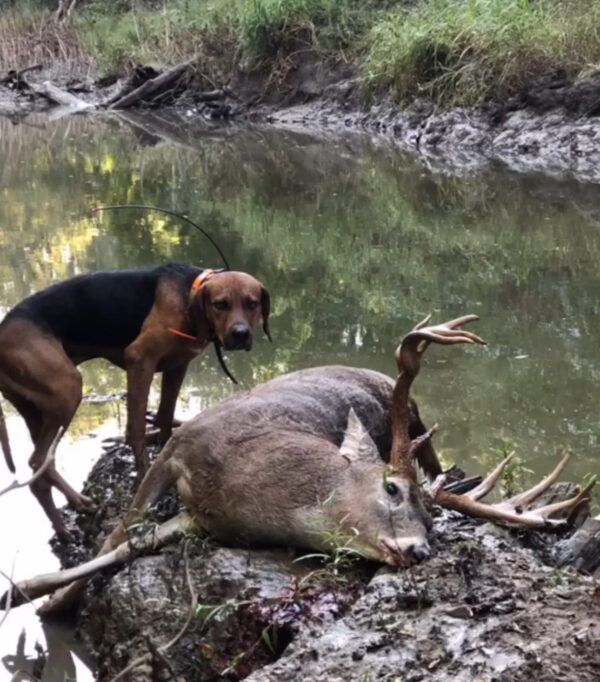
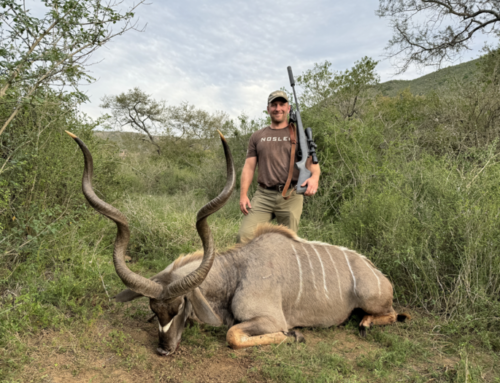
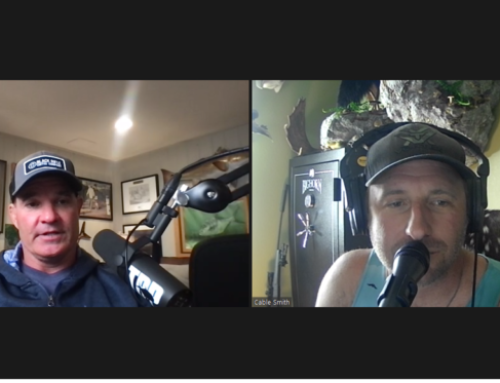

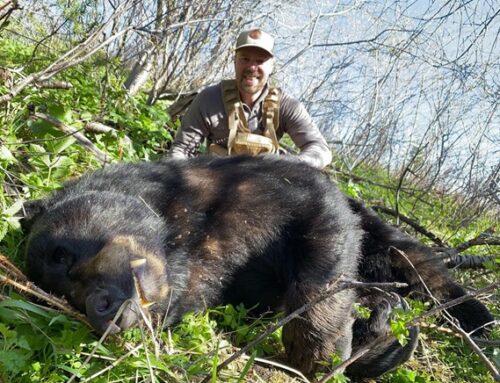
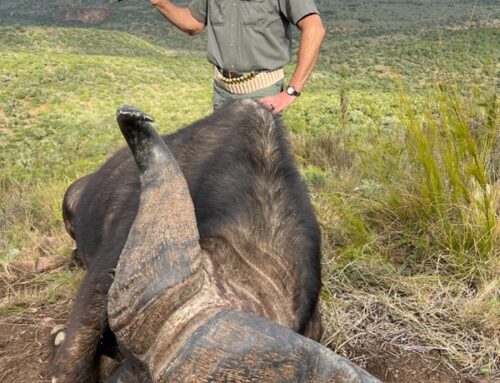
Leave A Comment